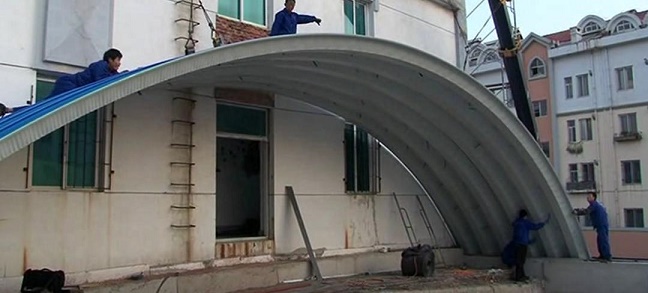
Understanding Cold Bending Prices in Steel Fabrication
Cold bending is a vital process in steel fabrication that allows for the manipulation of metal without the need for excessive heat, thus preserving its structural integrity. This technique has gained popularity in various industries, from construction to automotive manufacturing. One of the critical considerations for companies utilizing cold bending processes is the pricing associated with these services, which can vary significantly based on several factors.
When discussing cold bending prices, the first aspect to consider is the type of material being used. Different metals, such as steel, aluminum, and copper, have distinct properties that influence the bending process and the associated costs. For instance, steel, often the most commonly bent material, may have a relatively lower bending cost due to its widespread availability and established processing techniques. On the other hand, more specialized alloys or metals may incur higher costs due to their unique handling requirements.
The complexity of the bending design also plays a significant role in determining the price. Simple bends may require minimal setup and tooling, leading to lower overall costs. Conversely, intricate designs that demand precise angles, multiple bends, or component integration will naturally increase labor and machine time, impacting the final price.

Another crucial factor affecting cold bending prices is the scale of production. For large-scale projects, companies often benefit from economies of scale, which can significantly reduce the cost per unit. Bulk orders may allow businesses to negotiate better prices with suppliers or manufacturers. In contrast, small-scale or one-off projects may incur higher costs due to fixed overheads being spread over fewer units, making them less cost-effective.
Additionally, the geographic location of the fabrication facility can influence prices. Shipping costs, local labor rates, and material availability can all affect the final quotation. For instance, a company located in a metropolitan area with higher labor costs may face steeper prices than one in a less populated region.
Lastly, the level of customization required will also influence cold bending prices. Standardized products are generally less expensive due to existing tooling and processes. However, if customization is necessary—whether for specific dimensions, finishes, or integration into existing structures—clients should expect to pay a premium for the tailored service.
In summary, cold bending prices are influenced by a variety of factors, including material type, design complexity, production scale, geographic location, and customization requirements. Understanding these elements allows businesses to make informed decisions when budgeting for steel fabrication projects, ensuring they receive the best value for their investment in this essential area of manufacturing.